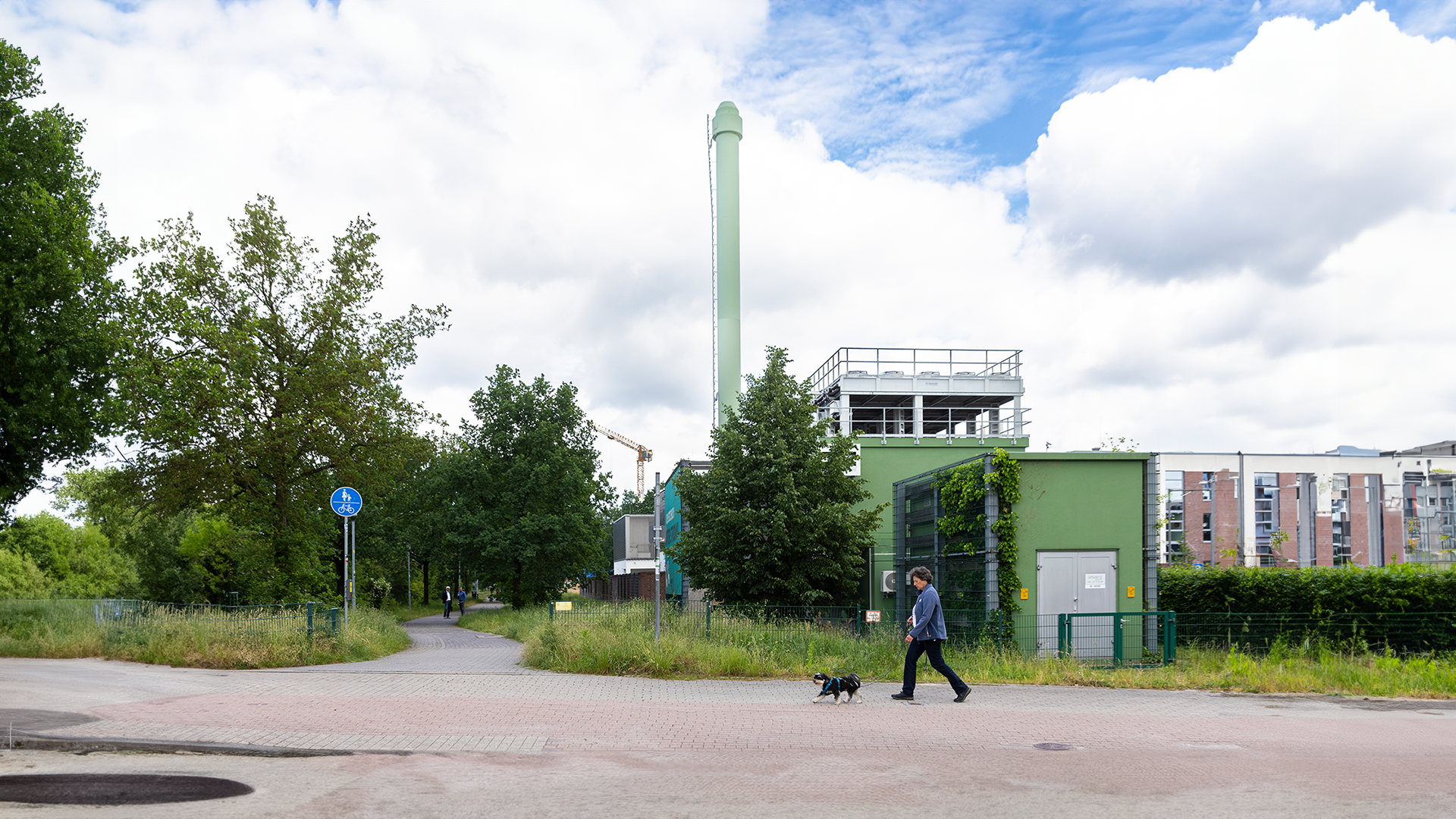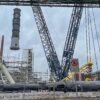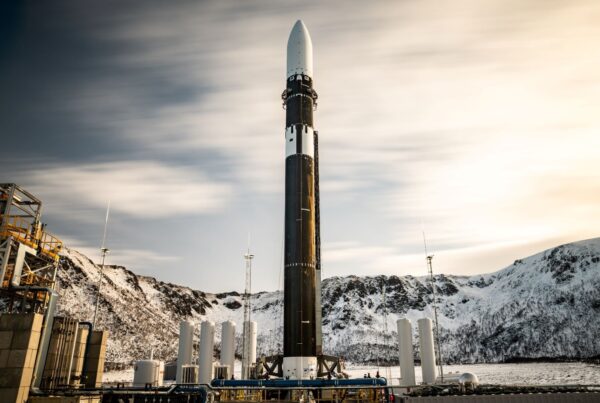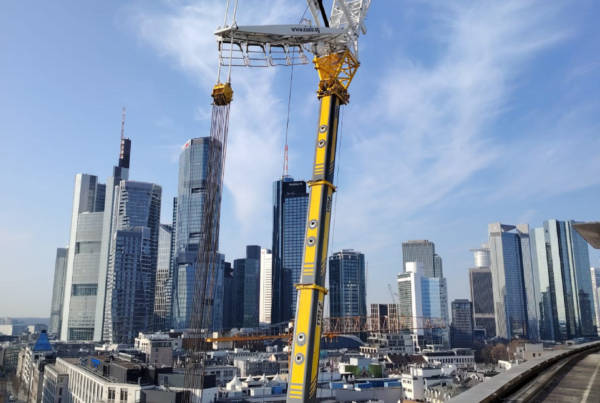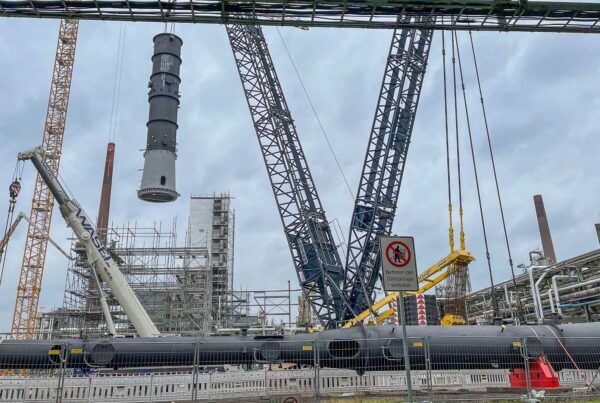T hrough its commitment to specific actions and projects, Stadtwerke Norderstedt is on an exemplary path to decarbonising its energy and heating concepts. One current project involves the data centre that Stadtwerke Norderstedt operates at its main site, the capacities of which are rented out for the most part to third parties. The refrigeration units previously used to cool the servers were replaced by heat pumps. In future, this will provide valuable input into the existing Norderstedt district heating network.
Another project in Norderstedt underlines the expertise and smart solutions being provided by Kraftanlagen to support Stadtwerke Norderstedt in its local energy transition process. Stadtwerke’s main site includes a natural gas combined heat & power plant (CHP) and a high-performance data centre.
Powerful servers produce a lot of heat. Previously, to prevent these sensitive IT systems from overheating, three refrigeration units were used in the data centre. The generation of this level of cooling capacity consumed a great deal of electricity. Since Stadtwerke leased some of this computing power to other companies, it had to protect its systems as comprehensively as possible against the risk of failure. These refrigeration units have now been complemented by the addition of heat pumps.
Heat pumps now provide the necessary cooling The heat pumps utilize the heat generated by the server operation by using this thermal energy as a source so that it can then be made available at a higher temperature level with the addition of electrical energy. This energy is then fed directly into the Norderstedt district heating network. This produces a “cooling capacity” of 900 kW, which is sufficient to keep the servers at a sufficiently cool operating temperature. The effect is therefore twofold: the heat emitted by the servers was previously recooled unused by releasing it into the atmosphere via recooling units (or table coolers on the roof of the building).
This is now being fed into Norderstedt’s district heating network. Another important building block for the decarbonization of Norderstedt’s energy concept has thus been installed.
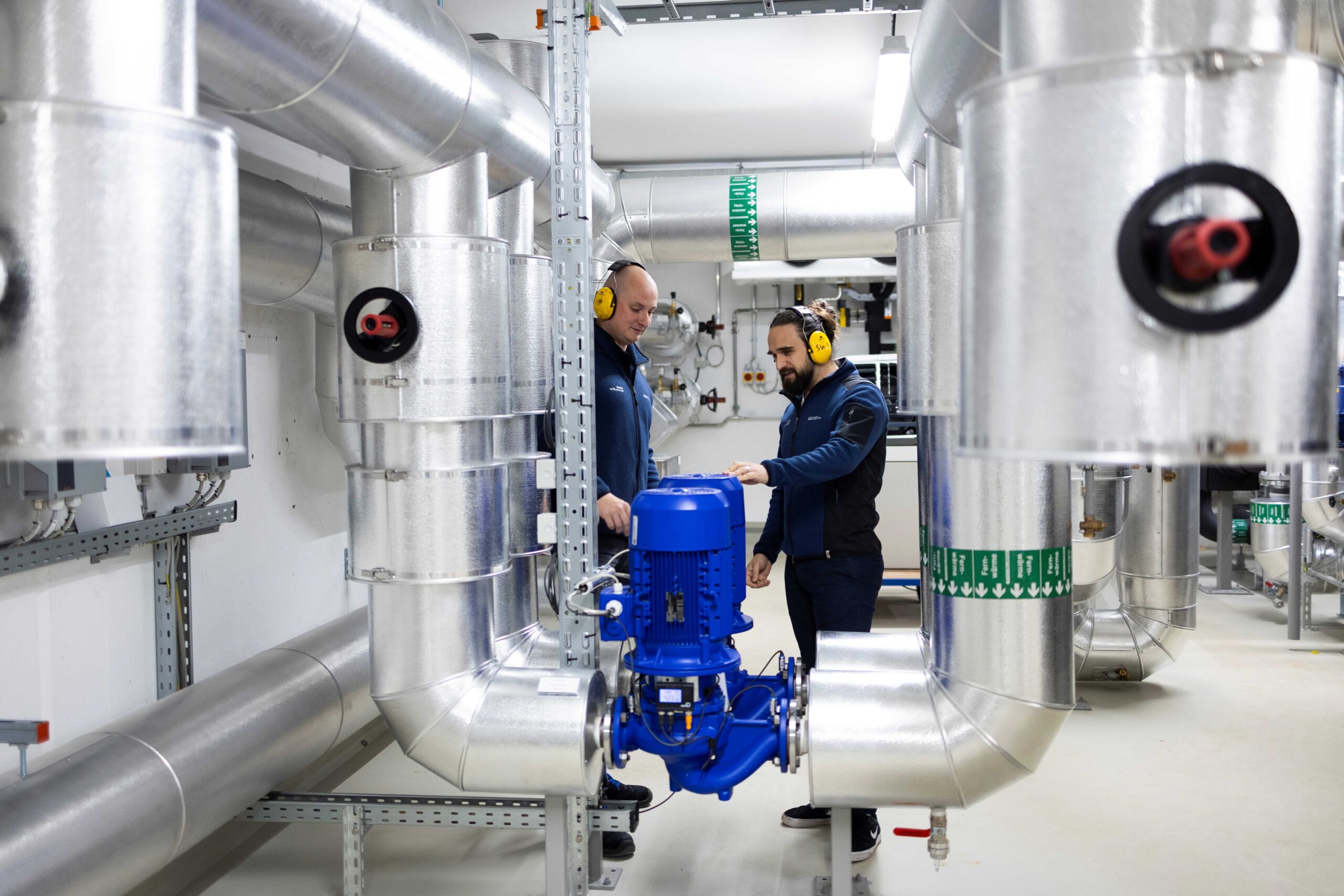
Felix Reiser, Technical Consultant and Team Leader for heating networks and customer systems at Stadtwerke Norderstedt, and Robert Roß, Project Manager and Energy Manager at Stadtwerke Norderstedt, in the heat pump room at Stadtwerke Norderstedt's data center © Cyril Abad
Additional benefit of heat pumps: noise protection will be necessary for the foreseeable future Replacing the cooling system with heat pumps is also extremely far-sighted in another respect. Adjacent to the headquarters of Norderstedt Stadtwerke, a modern residential area is now part of the local development plan. Construction work for this new district has long been underway. As a result, different noise protection limits will apply once the construction work is completed at the latest. With the previous recooling concept in the data center, it would have been difficult to comply with the stricter noise protection limits. This is because several recooling units were previously installed on the roof of the data center for cooling purposes. These table coolers are usually installed on the roofs of buildings to ensure a controlled release of heat into the environment. A noise immission measurement had shown in advance that the system installed on the roof was far above the future noise limits for systems near residential areas. The installation of the heat pumps therefore offers a further double benefit: it is now obsolete to replace the table coolers with a quieter system or to retrofit them so that they comply with the applicable noise protection limits. By feeding the heat into the district heating network, the previous heat generation with fossil fuels from CHP and boiler systems is reduced. If one assumes that renewable electricity will be generated in the near future, this can lead to absolutely CO2-neutral cooling of the data center, with additional heat energy being generated for feeding into the local district heating network.
The technical details of the heat pump project
- Each year, the ‘West’ district heating network supplies around 70 GWh of heat to Stadtwerke customers in Norderstedt.
- At present, about 80% of this heat is generated by CHP. The other 20% is provided by efficient natural gas boilers.
- On an annual basis, a heat pump could generate 10-12 GWh of heat, so the intention is that this method should replace the heat generated conventionally from natural gas and CHP plants.
- This will reduce the proportion of heat generated from natural gas while also providing the district heating network with a constant source of heating from the waste heat produced by the data centre. This can contribute up to 15 percent of the network’s supply.
What was involved in the installation of the two heat pumps?
- The new Stadtwerke Norderstedt energy centre was installed in its underground car park.
- The FC-Planung GmbH planning office was responsible for planning technical equipment and for developing the solutions needed to integrate the heat pump(s) into the district heating network as well as into the cooling supply for the data centre.
- When heat is fed into the district heating network, this is controlled from Stadtwerke Norderstedt’s network control centre. Connection to the data centre’s cooling system is carried out in coordination with the responsible departments at Stadtwerke Norderstedt and with the management team at its data centre.
Permanent data collection and evaluation and rapid amortization Stadtwerke Norderstedt operates a certified energy management system in accordance with DIN EN ISO 50001:2018. During planning and implementation, they ensure that a comprehensive intelligent metering concept is created and adhered to. This concept makes it possible to use meter data to create energy assessments and key figures that show efficiency and the contribution made to climate protection. It is expected that 10-12 GWh of heat will be fed into the district heating network in 2024. Calculations on efficiency, cost-effectiveness and climate protection impact based on the current progress and findings of the project show that 2,800 tons of CO2 emissions can be avoided annually as a result. The operating cost forecasts, which take into account the displacement of fossil fuel generation, previous electricity consumption, the electricity requirements of the heat pumps and rising CO2 taxes and energy prices, promise remarkably positive annual results and rapid amortization of the measure.
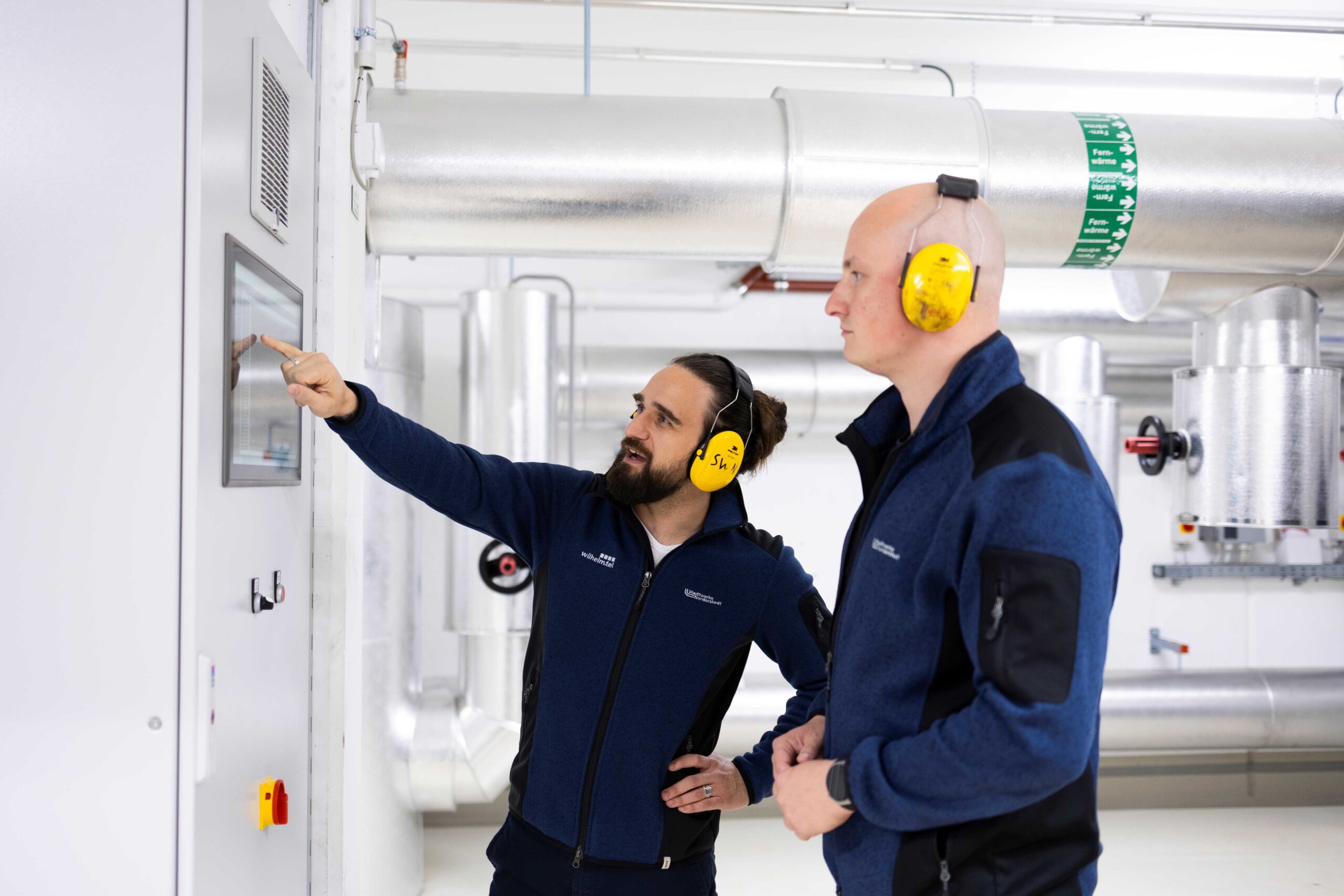
Robert Roß, project manager and energy manager at Stadtwerke Norderstedt, and Felix Reiser, technical consultant and team leader for heating networks and customer systems at Stadtwerke Norderstedt, in the heat pump room of the Stadtwerke Norderstedt data center © Cyril Abad
The benefits of heat pumps in the energy concept of data centres
Transferability of this concept to other municipalities and municipal utilities and their data centers In Germany, there are numerous data centers that generate waste heat. In February, there were 522 across the country, which means that there are significantly more data centers in Germany than in any other European country. This waste heat could be put to good use in many cases. The reliable provision of cooling is of great importance in certified data centers and should be solved in cooperation with local authorities and energy suppliers in order to create sustainable and climate-friendly synergies. Modern data centers, such as those that already exist or are being planned in Scandinavia, face the challenge of meeting the increasing demands of their users. This leads to an increased demand for electricity and cooling. For this reason, possible synergies and combined energy solutions are already being intensively examined in the planning phase. Measures that have been implemented or are currently being implemented contribute to the further development of expertise and current technical standards. It is crucial for the heating transition to supplement or replace fossil heat generation with renewable energies or waste heat. This is the only way for municipalities and federal states to successfully follow the 1.5°C decarbonization path.
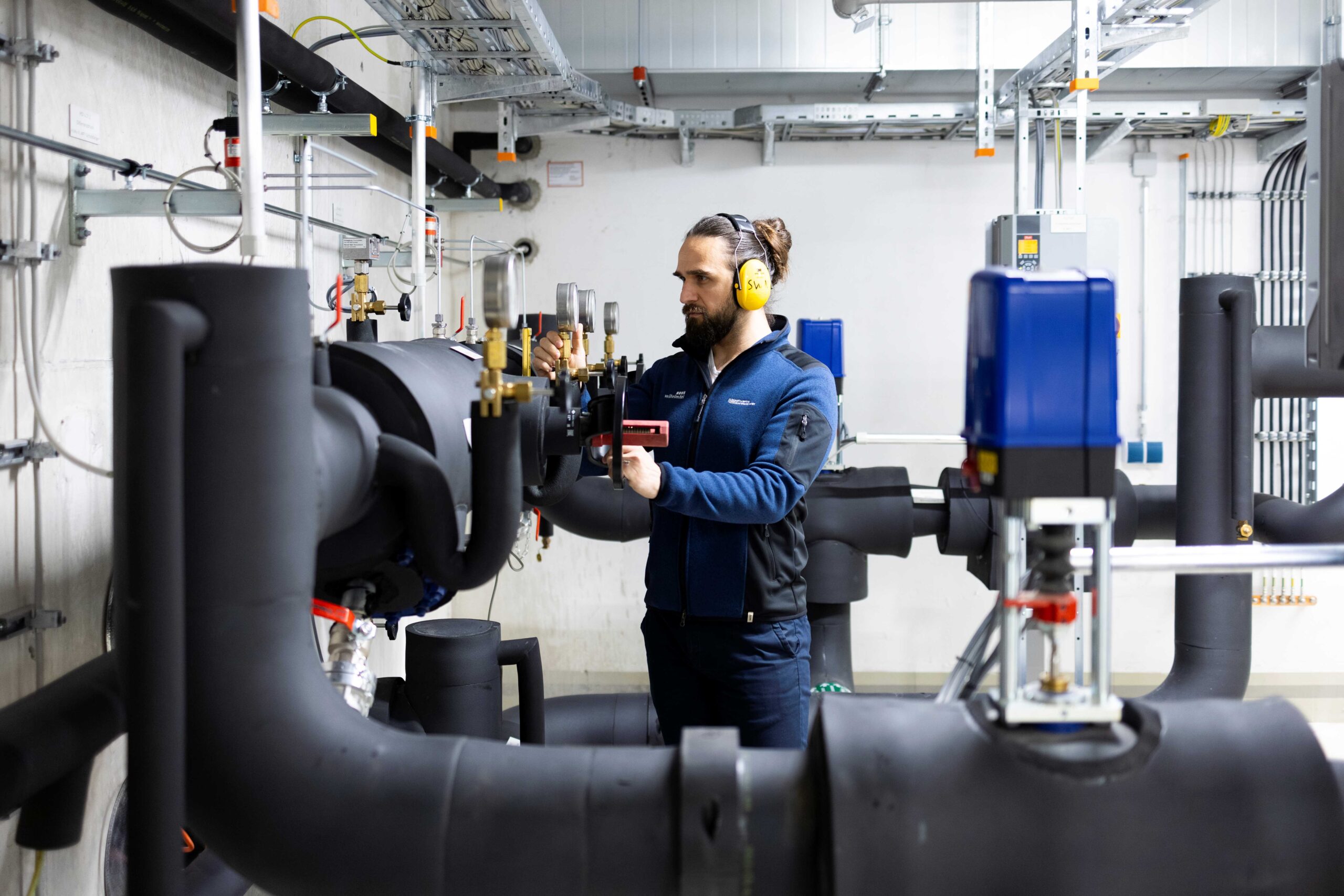
Robert Roß, project manager and energy manager at Stadtwerke Norderstedt, in the heat pump room of the Stadtwerke Norderstedt data center © Cyril Abad
Outlook for a functioning heat transition in Norderstedt and elsewhere Even if the replacement of the chillers with heat pumps is characterized in energy terms by the fact that less natural gas is consumed due to the heat feed-in with combined heat and power plants, which provide the main part of the district heating, the electricity demand will increase after the conversion. However, it is an integral part of Norderstedt’s decarbonization plan to gradually switch to 100 percent electricity from renewable sources, which will enable the goal of complete CO2 neutrality to be achieved more and more quickly. CONCLUSION: If all of the more than 500 data centers in Germany were cooled with modern heat pump technology, this would have an enormous impact on decarbonization. Kraftanlagen: Your contact for the energy optimization of data centers!
